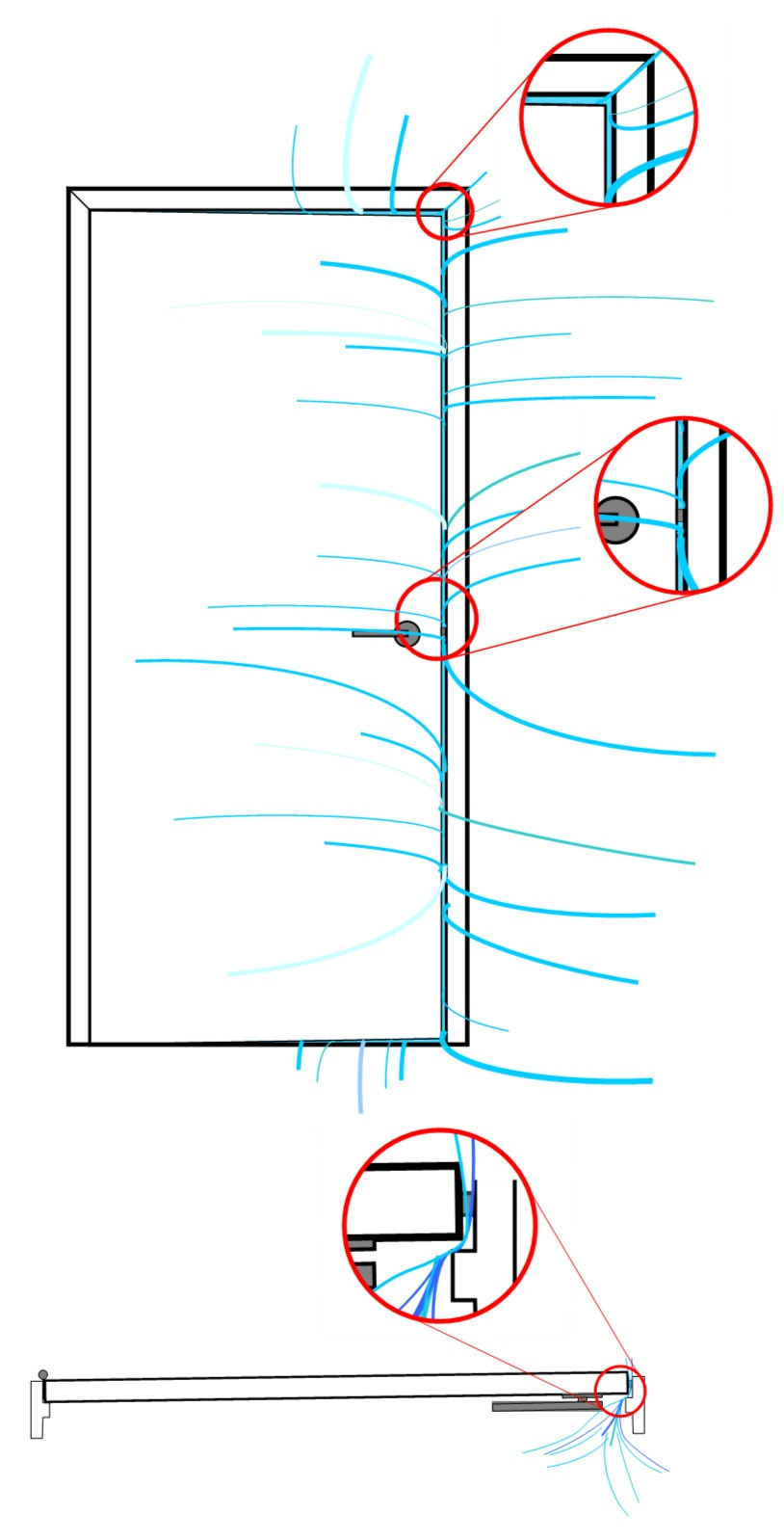Over-pressurization causes curious whistle
- Zachery L'Italien

- Feb 22, 2023
- 2 min read
By: Zachery L'Italien, MCH Acoustical Consultant
It was a pleasant day of a largely successful Construction Administration check out for a new medical office building. It seemed sound isolation, HVAC noise, and speech privacy goals were being met, and we were general satisfied with the results. However, we noticed an acoustical anomaly in a meeting room - a sound akin to a cold whistle in a drafty home in the middle of harsh winter winds...

Whistle by over-pressurization
We entered a large meeting room to evaluate its HVAC noise levels. When the HVAC system turned on there were no immediately apparent noise issues. In fact, the measured noise spectrum was well-balanced and achieved criteria. However, after a minute or two when the room was fully pressurized, the latched, fully-gasketed door appeared to try to push open, which resulted in a slight gap. This was a clear sign of positive pressure in the room (i.e., more supply air is delivered to the space than returned/removed from the space).
The slight gap around the door’s perimeter allowed air to seep through to the adjacent entry corridor. As you recall from a prior entry What is airflow turbulence, you ask? “squeezing” air through a tight space can cause turbulence. The turbulence caused by air squeezing around the door’s perimeter caused a whistle (around 400Hz) that was clearly audible and inappropriate for the space’s usage. Below is an audio recording from our site measurements.
Solution
The project mechanical engineer determined that the over-pressurization could be resolved by transferring 100 CFM (cubic feet per minute) of air to outside of the room.
We collectively crafted an effective way to transfer air from the room to the entry corridor ceiling plenum through a lined boot. Of course, the transfer boot also needed to be designed to account for other concerns such as sound isolation.
Takeaway
Airflow turbulence noise is not limited to the HVAC ductwork. Instead, it is important for designers to provide for proper balance throughout HVAC systems to avoid similar acoustical anomalies.






Comments